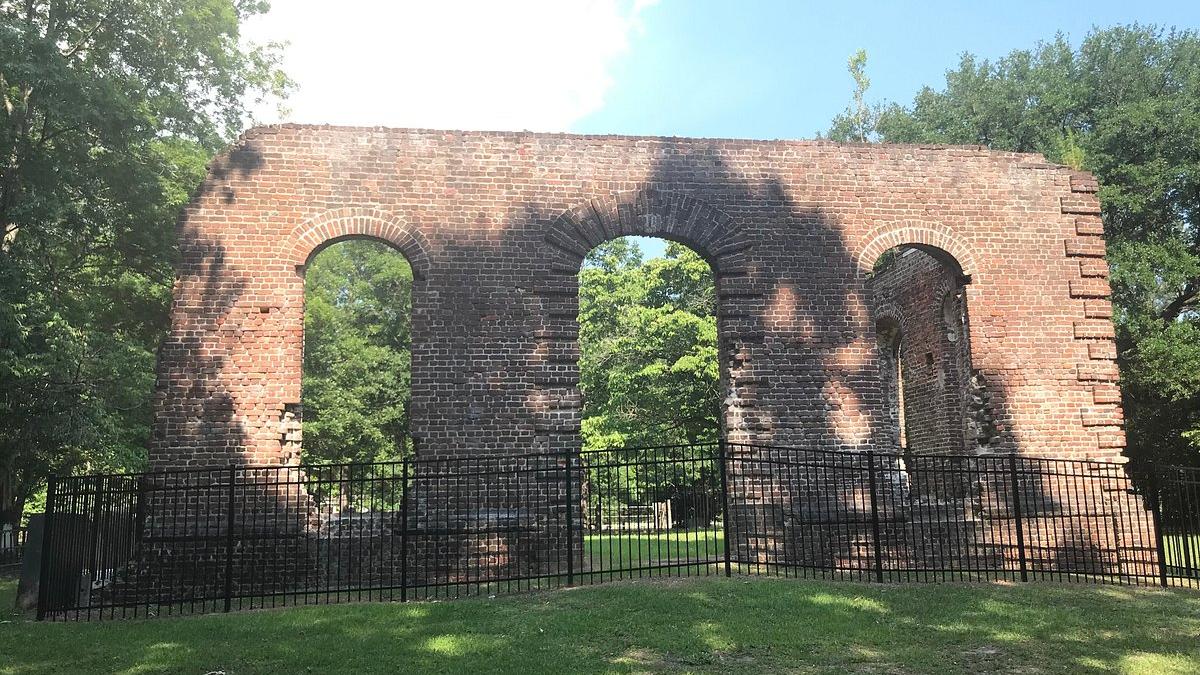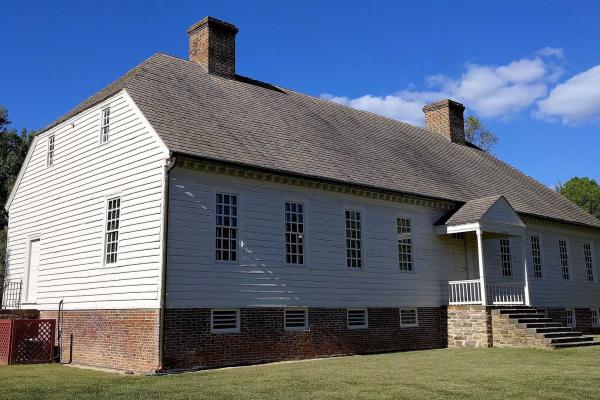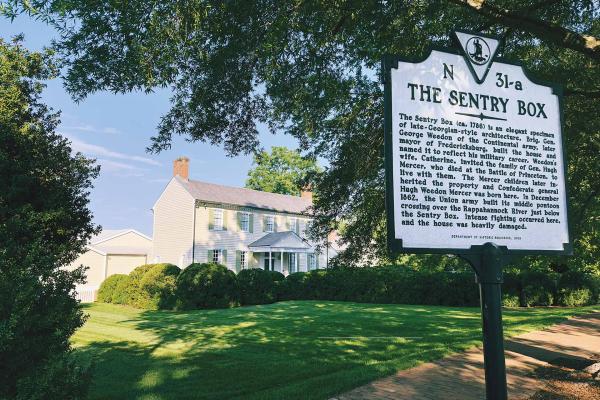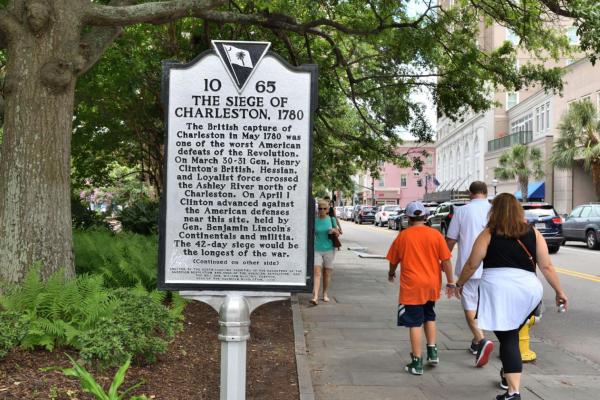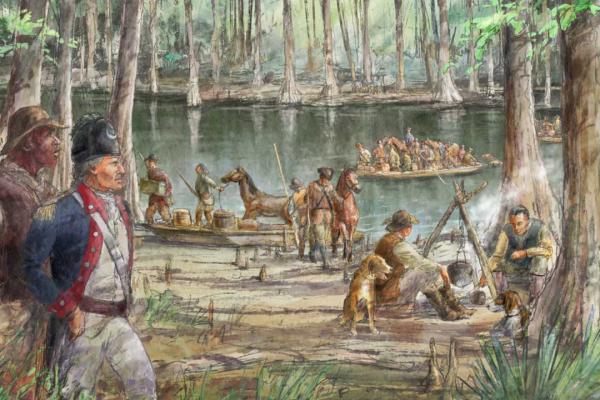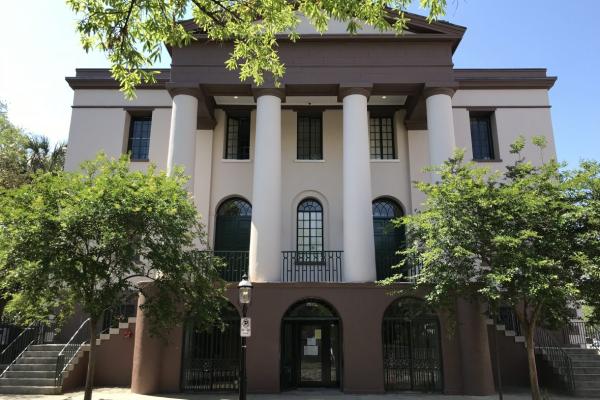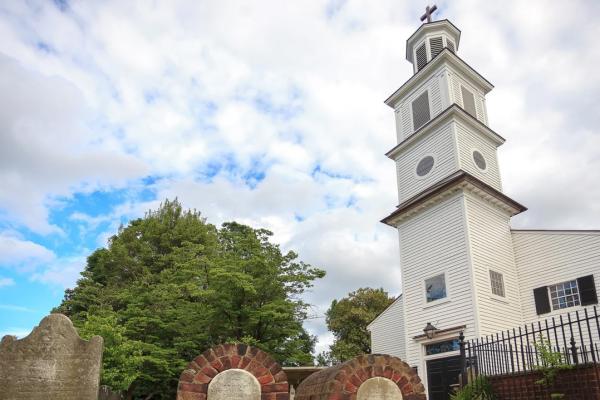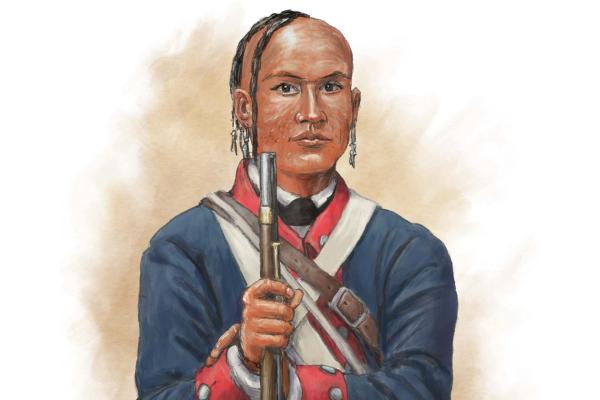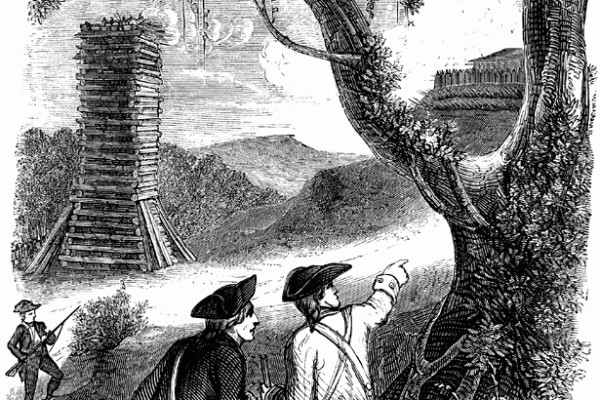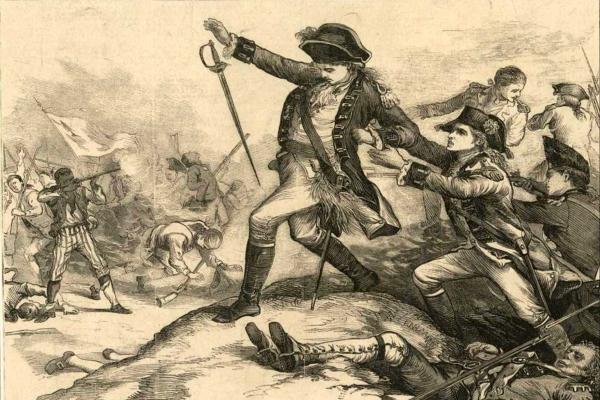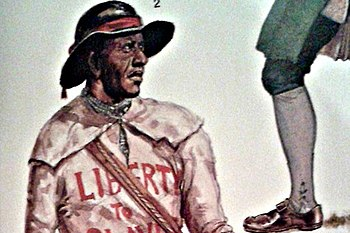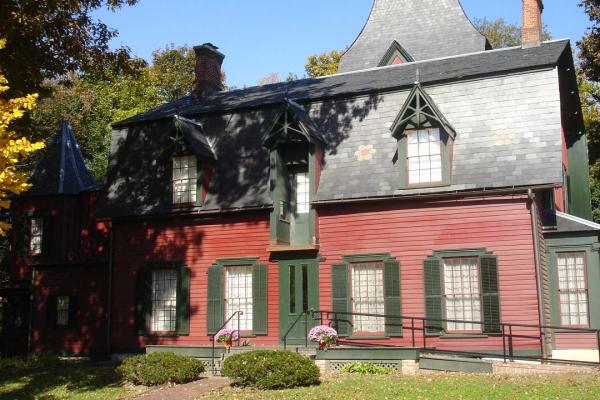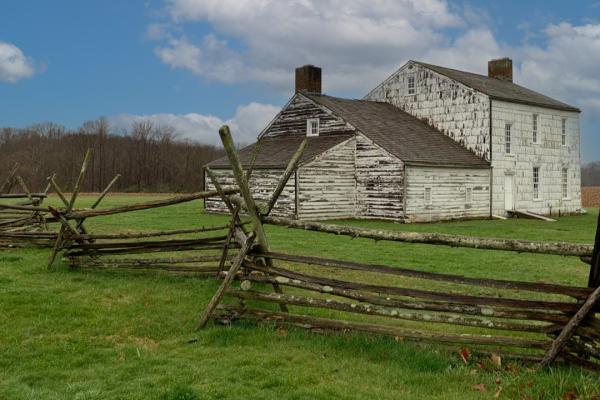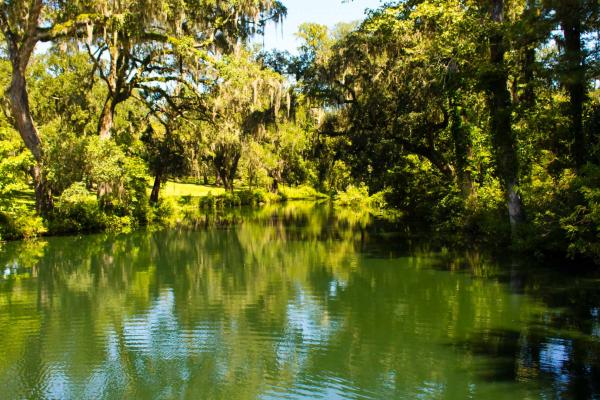In the final days of the Revolutionary War, Rockingham became General George Washington’s last wartime headquarters, where he penned his Farewell...
The Royal Governor's Mansion of New Jersey is the only remaining proprietary governor's mansion of the original Thirteen Colonies still standing today...
A strategic location for the defense of New York's harbor, the Continentals failed to reinforce this peninsula, leading to the city's capture in...
Once owned and operated by Founding Father Patrick Henry, it was while living in this home that Patrick Henry coined the phrase "Give me liberty or...
Following the American Revolution, the Sentry Box served as the home for Hugh Mercer's family following his passing at the Battle of Princeton in 1777...
As part of their Southern Campaign, the British set their sights on taking the vital port of Charleston.
Located along the Great Pee Dee River, Snow's Island served as Francis Marion's favorite refuge for his militia in the swamps of South Carolina
An architectural treasure in its own right, the South Carolina Historical Society Museum is housed in a National Historic Landmark building and...
Site of the Second Viriginia Convention and Patrick Henry's famous words, "Give me liberty or give me death!"
Liberty Trail History Makers
The Revolutionary War was a war unlike any other — one of ideas and ideals, that shaped “the course of human events. Explore the history and personalities from this pivotal time in American history.Peter Harris, a Catawba Indian who survived a devastating smallpox epidemic as a child, served bravely in the Continental Army during the American Revolution, fighting in key battles like Stono Ferry and Rocky Mount; despite his contributions, he later petitioned South Carolina for a pension, poignantly describing himself as "one of the lingering embers of an almost extinguished race," and was granted $60 a year just before his death in 1823.
Hezekiah Maham, a South Carolina planter and military officer, gained fame during the American Revolution for his innovative siege tactics and leadership of "Maham's Legion." Post-war, he served in politics but became controversial for refusing to pay debts and aggressively confronting a deputy.
A British officer, Pitcairn led troops at Lexington and Concord, then commanded a reserve force at Bunker Hill. He was wounded multiple times during the battle and died later from his injuries.
Colonel Tye, an escaped slave from New Jersey, became a feared Black Loyalist leader during the Revolutionary War. Leading the Black Brigade, he raided Patriot forces until a fatal wound in 1780. His legacy reflects the fight for freedom beyond American independence.
